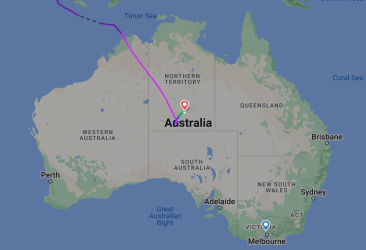Some more information overnight...it seems the person with the medical emergency begun to have seizures shortly after take off however it was decided by JQ to continue rather than return to BKK.
The other issue is why does a new Dreamliner go tech shortly after landing in ASP and then JQ/QF take 8hrs+ to sort a solution when many aircraft (both JQ and QF) could be dispatched to rescue the passengers?
The final slap in the face is JQ advising compensation will be handled on a case-by-case basis!
RE compensation, agreed but unless the government improves passenger rights for disruption then then nothing will change. Not to mention all the knock-on cancellations this has had.















